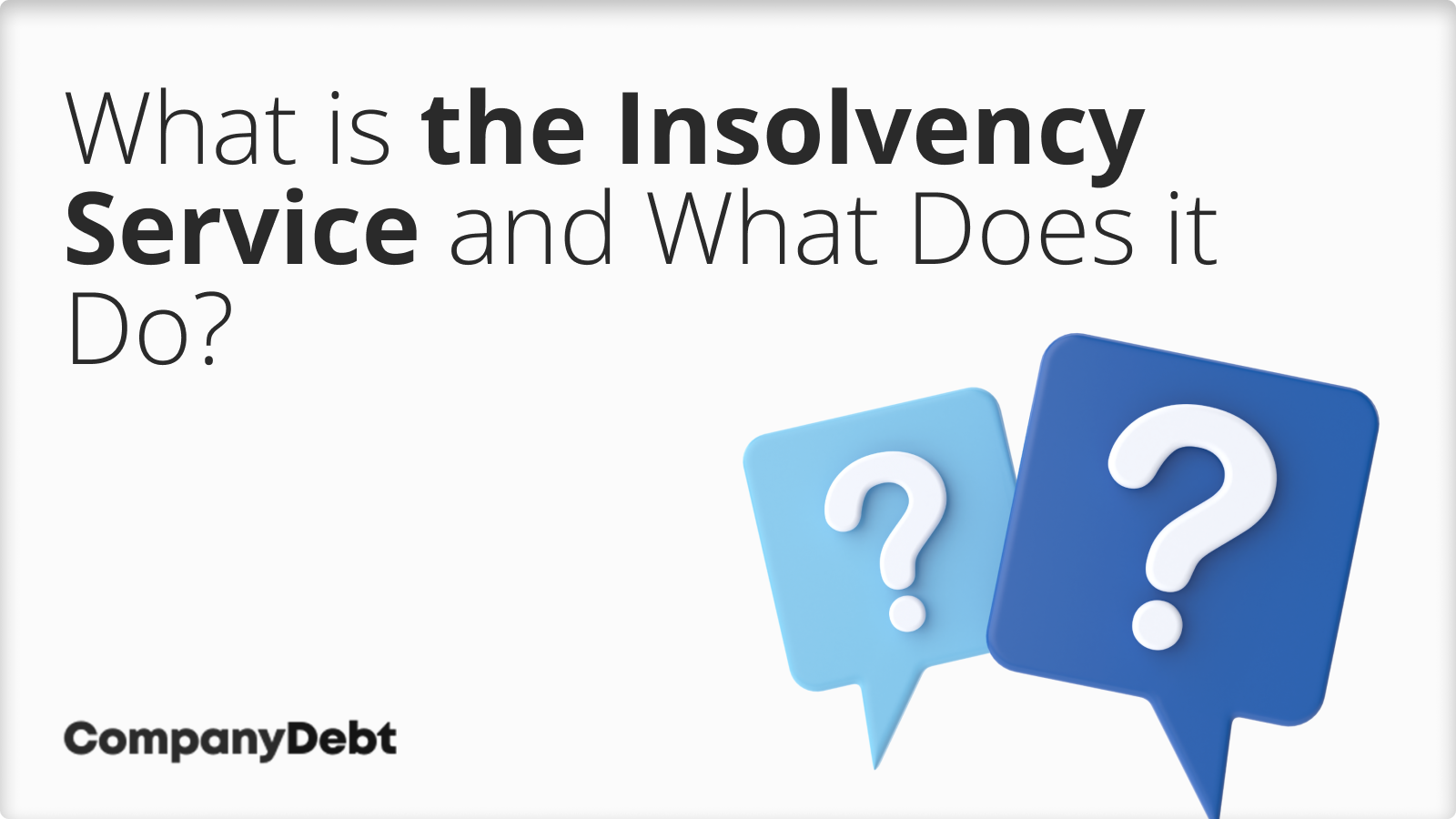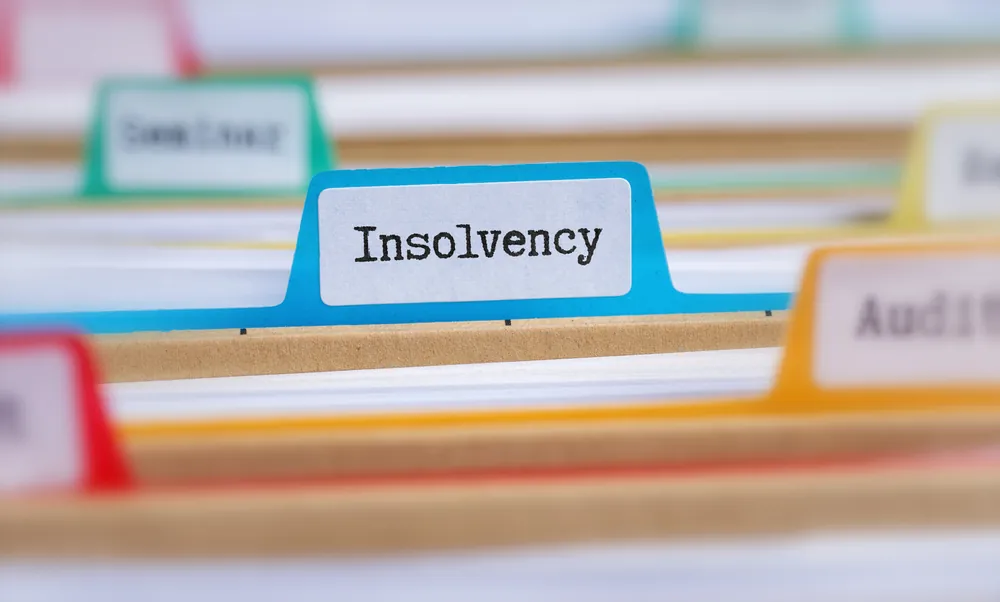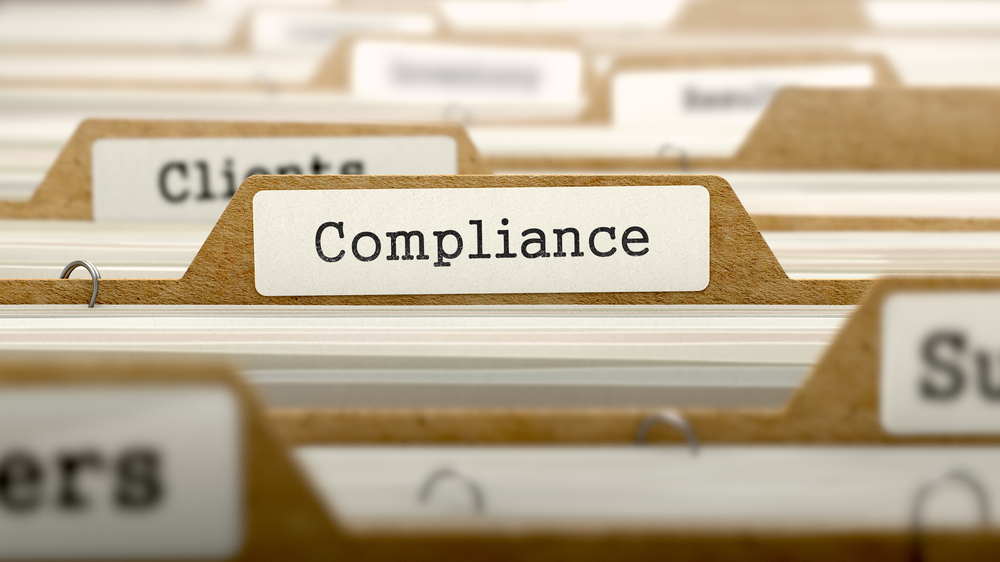
What is the Insolvency Service and What Does it Do?
The Insolvency Service, a division of the Department for Business, Energy and Industrial Strategy (BEIS), is a UK government agency responsible for administering bankruptcies and company liquidations, investigating financial misconduct, and providing information on insolvency processes.
With approximately 1,700 staff spread across 22 locations, the Service’s mission is threefold: to support those in financial distress, tackle financial wrongdoing, and maximise returns for creditors.
According to their 2023-24 Annual Report and Accounts, they disqualified 831 directors due to Covid loan abuse last year, conducted 22 criminal prosecutions, and took steps towards recovering nearly £3 million for taxpayers. This work highlights the Service’s ongoing commitment to maintaining the integrity of the UK’s financial systems, especially in the face of unprecedented challenges.

What Does the Insolvency Service do?
The Insolvency Service performs several key functions, including:
| Function | Description |
|---|---|
| Administering insolvencies | Oversees bankruptcies and debt relief orders |
| Investigating liquidations | Examines causes and potential misconduct in company liquidations |
| Director disqualification | Manages process of barring unfit directors |
| Fraud referrals | Refers fraudulent activity to law enforcement |
| Regulating practitioners | Sets and enforces standards for insolvency professionals |
| Insolvency Account | Manages government fund for specific insolvency cases |
| NI legislation | Develops Northern Ireland-specific insolvency frameworks |
In addition to these core functions, the Insolvency Service also provides a range of information and support services to businesses and individuals experiencing financial difficulties. It protects the interests of creditors and ensures that the insolvency process is fair and efficient.
What Powers do The Insolvency Service have?
The Insolvency Service wields significant authority to fulfil its mandate, as follows.
Investigative Powers
Under Sections 132[1]Trusted Source – Legislation.gov.uk – Insolvency Act 1986, Section 132 and 289[2]Trusted Source – Legislation.gov.uk – Insolvency Act 1986, Section 289 of the Insolvency Act 1986, the Service can scrutinise financial records and dealings of companies in liquidation and bankrupt individuals. This helps uncover the causes of insolvency and identify potential misconduct. The Service can also investigate active companies suspected of fraud or misconduct, as per Section 432(2) of the Companies Act 1985.
Director Disqualification
The Company Directors Disqualification Act 1986[3]Trusted Source – Legislation.gov.uk – Company Directors Disqualification Act 1986, Contents empowers the Service to disqualify directors found responsible for company insolvency due to mismanagement or breach of fiduciary duty. Disqualification periods can last up to 15 years in severe cases, serving as a powerful deterrent against corporate misconduct.
Referral for Prosecution
If fraudulent behaviour is identified, the Service can refer cases to law enforcement under Section 218 of the Insolvency Act 1986[4]Trusted Source – Legislation.gov.uk – Insolvency Act 1986, Section 218. This safeguards creditors’ interests and maintains the integrity of the insolvency process.
Regulatory Oversight
The Insolvency Service has the power to authorise and regulate insolvency practitioners. This includes the ability to investigate complaints against practitioners, conduct inspections, and, if necessary, withdraw a practitioner’s licence.
Administrative Powers
In personal insolvency cases, the Service has significant powers, including the authority to make debt relief orders, act as trustee in bankruptcy cases, and impose bankruptcy restrictions orders or undertakings for up to 15 years in cases of misconduct.
Redundancy Payments
Under the Employment Rights Act 1996[5]Trusted Source – Legislation.gov.uk – Employment Rights Act 1996, Part XII, the Service manages the distribution of redundancy payments from the National Insurance Fund to employees of insolvent companies, providing crucial support during challenging times.
Contacting The Insolvency Service
The Insolvency Service helpline is your primary point of contact for general inquiries. You can reach them at: 0300 678 0015
The helpline operates from 9am to 5pm Monday to Thursday, and 9am to 3pm on Friday.
When contacting the helpline, keep in mind:
- They can provide information about processes administered or regulated by the Insolvency Service, including bankruptcy, debt relief orders, and company liquidations.
- They cannot offer legal or financial advice, information on specific insolvency cases, guidance about other government departments, or information about redundancy payments.
- If you’re inquiring about an existing bankruptcy or compulsory company liquidation case, you should use the ‘contact an official receiver’ guidance instead.
It’s important to note that you should only visit their offices if you have a pre-arranged appointment.
What Does the Insolvency Service Investigate?
The Insolvency Service Investigations and Enforcement Services are responsible for investigating serious financial misconduct in companies and individuals who are subject to bankruptcy or debt relief orders.
Here’s an overview of the key areas the Insolvency Service investigates:
Corporate Investigations
- Compulsory Liquidations: Under Section 132 of the Insolvency Act 1986[1]Trusted Source – Legislation.gov.uk – Insolvency Act 1986, Section 132, the Service examines why a company failed and scrutinises its entire history – from formation to failure.
- Active Companies: Section 432(2) of the Companies Act 1985[6]Trusted Source – Legislation.gov.uk – Companies Act 1985, Section 432 allows investigations into trading companies suspected of fraud, misconduct, or withholding information from shareholders.
Personal Insolvency Investigations
- Bankruptcy Cases: Under Section 289 of the Insolvency Act 1986, the Official Receiver investigates financial affairs, including decisions made before bankruptcy, looking for actions that may have worsened the financial situation or unfairly disadvantaged creditors.
Investigation Process and Potential Outcomes
The Insolvency Service’s investigations are thorough and far-reaching. They typically commence with a Preliminary Investigation Questionnaire, which must be completed with utmost honesty and detail. It’s important to note that the Service’s scrutiny isn’t limited to recent events; it has the authority to examine conduct and decisions dating back several years before the insolvency event.
The outcomes of these investigations can be significant and long-lasting. Under the Company Directors Disqualification Act 1986, directors found to have engaged in unfit conduct may face disqualification for up to 15 years, effectively barring them from company management. For individuals, Bankruptcy Restriction Orders can extend the limitations of bankruptcy beyond the usual term.
In cases where serious misconduct or fraud is uncovered, the consequences can escalate to criminal charges. The Service works closely with law enforcement agencies to prosecute those who have deliberately abused the corporate or insolvency processes.
My Advice:
- Seek professional help immediately. An experienced insolvency practitioner or solicitor can guide you through this process.
- Be transparent and cooperative. Hiding information often makes things worse.
- Gather all relevant documentation now. You’ll need a clear paper trail.
- Understand your rights. You’re entitled to fair treatment throughout the investigation.
The primary sources for this article are listed below, including the relevant laws and Acts which provide their legal basis.
You can learn more about our standards for producing accurate, unbiased content in our editorial policy here.
- Trusted Source – Legislation.gov.uk – Insolvency Act 1986, Section 132
- Trusted Source – Legislation.gov.uk – Insolvency Act 1986, Section 289
- Trusted Source – Legislation.gov.uk – Company Directors Disqualification Act 1986, Contents
- Trusted Source – Legislation.gov.uk – Insolvency Act 1986, Section 218
- Trusted Source – Legislation.gov.uk – Employment Rights Act 1996, Part XII
- Trusted Source – Legislation.gov.uk – Companies Act 1985, Section 432
All of our insolvency content is written by licensed insolvency practitioners. The primary sources are listed below. Learn more about the standards we follow in our editorial guidelines here.








